Click on images to enlarge
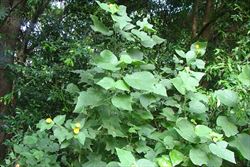
habit (Photo: Sheldon Navie)

close-up of the stems, which are covered in long spreading hairs (Photo: Sheldon Navie)
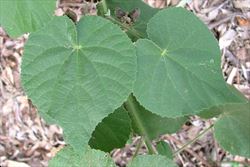
heart-shaped leaves (Photo: Sheldon Navie)
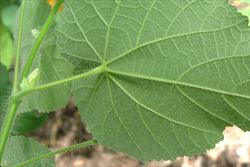
close-up of hairy leaf stalk and leaf underside (Photo: Sheldon Navie)
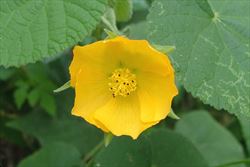
close-up of flower showing numerous yellow stamens and reddish-brown stigmas (Photo: Sheldon Navie)
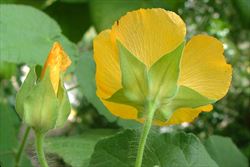
flowers from side-on showing relatively large sepals (Photo: Sheldon Navie)
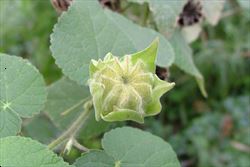
close-up of immature fruit (Photo: Sheldon Navie)

mature fruit (Photo: Sheldon Navie)

close-up of mature fruit (Photo: Sheldon Navie)
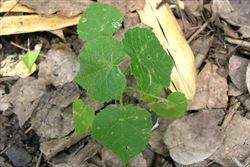
seedling (Photo: Sheldon Navie)
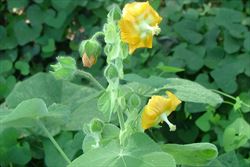
the similar native Abutilon auritum, with its distinctive ear-like bracts (Photo: Sheldon Navie)
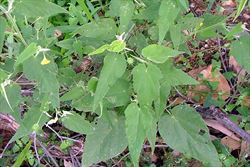
the similar native Abutilon oxycarpum, with more elongated leaves (Photo: Sheldon Navie)
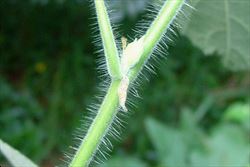
close-up of younger stem and base of leaf stalk, showing stipule that is about to be shed (Photo: Sheldon Navie)
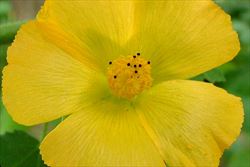
close-up of flower (Photo: Sheldon Navie)
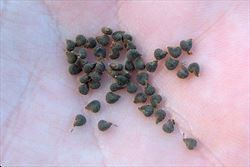
close-up of seeds (Photo: Sheldon Navie)
Scientific Name
Abutilon grandifolium (Willd.) Sweet
Synonyms
Abutilon mollissimum (Cav.) Sweet (misapplied)Sida grandifolia Willd.
Family
Malvaceae
Common Names
abutilon, hairy abutilon, hairy Indian mallow, tall abutilon
Origin
Native to South America (i.e. Brazil, Bolivia, Peru, Paraguay, Uruguay and Argentina).
Naturalised Distribution
Widely naturalised in eastern Australia (i.e. in south-eastern Queensland and in many parts of eastern and southern New South Wales). Also naturalised near Perth in south-western Western Australia, sparingly naturalised in Victoria, and naturalised on Norfolk Island.
Naturalised overseas in New Zealand and on some Pacific islands (e.g. Niue, French Polynesia and Hawaii).
Notes
Hairy Indian mallow (Abutilon grandifolium) is regarded as a minor environmental weed or potential environmental weed in south-eastern Queensland and eastern New South Wales. This garden escape is a relatively common weed of waste areas, disturbed sites, roadsides and drains, but is also an occasional weed of disturbed and undisturbed natural ecosystems (e.g. tall shrublands, grasslands and riparian areas).
It is relatively common in riparian vegetation in some parts of south-eastern Queensland (e.g. along Enoggera Creek and Ithaca Creek in suburban Brisbane and along Tallebudgera Creek on the Gold Coast). However, it is often mistaken for some of the native mallows (Abutilon spp.), including Asian Indian mallow (Abutilon auritum) and straggly lantern-bush (Abutilon oxycarpum). This species has shown particularly invasive tendencies in the Enoggera catchment in northern Brisbane, where it has spread after being mistakenly introduced into revegetation areas.
Hairy Indian mallow (Abutilon grandifolium) is also locally naturalised along creeks in the Sydney region, is a weed of the Pelican Creek catchment in the Lismore region in northern New South Wales, and has been recorded from disturbed shrubland, river flats and grasslands near Perth in south-western Western Australia.

